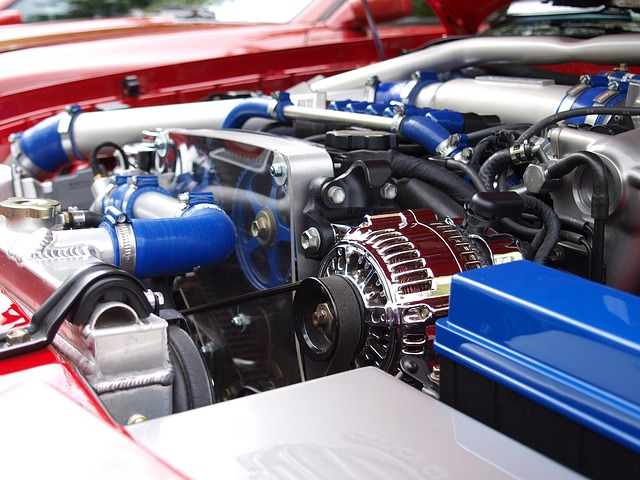The Basics of Nitrous Oxide for Motorists

The need for speed is a compulsion and an addiction that drives people to constantly look for new ways to boost the power of their car engines. The discovery that nitrous oxide (N2O) can increase the power of automobile engines thus came as a revelation.
It is believed that nitrous oxide was first used to enhance vehicle engine functionality and performance during the Second World War. Engineers injected this substance into Allied fighter aircraft engines to give them emergency boosts in speed, especially when these planes flew in oxygen-depleted high-altitude zones. NASCAR driver Smokey Yunick was one of the first persons to use nitrous oxide in a car. He achieved considerable degrees of success with this strategy.
The Workings of Nitrous Oxide in Car Engines
Combustion, which is a process where a mixture of oxygen and fuel is ignited, creates an explosion that powers an automobile. When nitrous oxide is injected into an automobile engine system, it breaks down into nitrogen and oxygen under the intense heat. The engine thus has more oxygen for the combustion process and can “fire up.” And with more oxygen available, more fuel can be injected to increase the amount of combustion.
Injecting nitrous oxide in automobile engines provides a significant horsepower boost in another way. When this substance vaporizes within the combustion chamber of an automobile engine, it cools down the air around it. The reduction in the temperature of the air inside the chamber increases its density, increases its capability to carry more oxygen, and thus makes available more oxygen for combustion.
Injecting nitrous oxide into an automobile engine provides an energy boost that can range from 1 hp to several hundreds. But in this context, it is worth mentioning that the boost is dependent on the mechanical capability of the car engine. If you want to achieve a greater horsepower boost, then you will need to install more robust engine components like pistons, cylinder heads, con rods, bolts, and gaskets.
Using Nitrous Oxide in Automobiles on Public Roadways
Laws differ across the United States regarding the use of nitrous oxide in car engines on public roadways. Some states strictly prohibit injecting this substance in street cars while some other states allow it provided certain conditions are fulfilled. In some states, it is perfectly legal to use nitrous oxide in an automobile meant to be driven on the streets under normal traffic conditions. Safety-conscious drivers usually mount the nitrous oxide container close to the trunk firewall or toward the center of the car so that it has the least chance of being damaged during an accident. Many also install a steel plate between the container and the passenger compartment as an added measure of safety.
Using Nitrous Oxide in Racing Cars
Using nitrous oxide in racing cars is legal in the United States for both drag racing and professional motor racing. However, the International Hot Rod Association (IHRA) sanctions the use of this substance only in certain classes, such as Pro Modified, Top Dragster, and Top Sportsman. The use of nitrous oxide in drag racing soared when pioneers like Robby Vandergriff, Charles Carpenter, and Bill Kuhlmann blazed across the racing tracks with standard racing cars powered by nitrous oxide-shot engines.
The lure of speed motivates drivers to inject nitrous oxide in their cars. It is a potent substance no doubt, but you should also ensure that you achieve just the right balance between air and fuel so that the engine does not blow up or knock. That is why many drivers, both on the streets and on the racing tracks, prefer to use wet nitrous oxide shots. You can take a cue too.
Would you like to receive similar articles by email?





